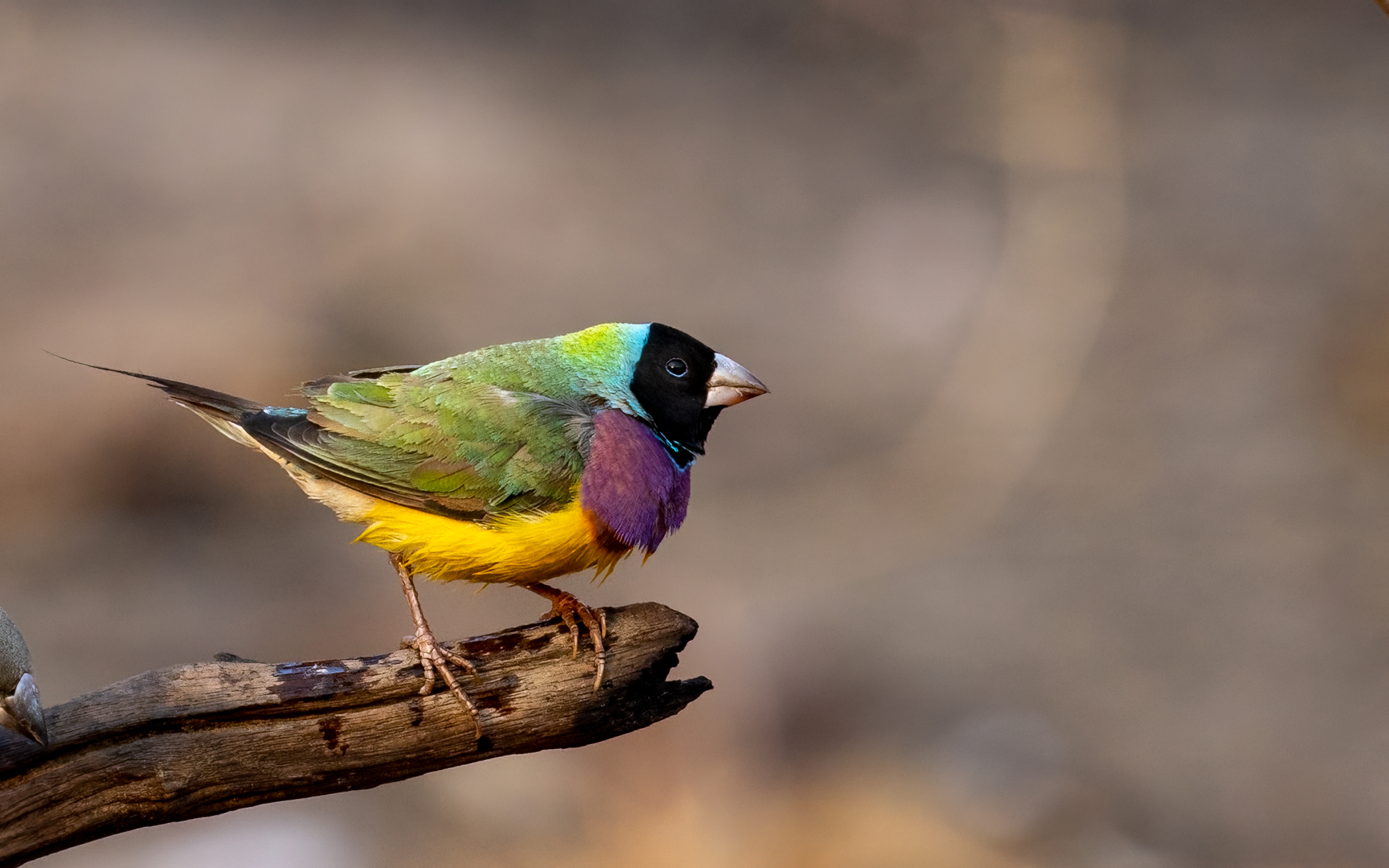| Common name | Tiger snake |
| Scientific name | Notechis scutatus |
| Type | Reptile |
| Diet | Fish, frogs, lizards, birds and mammals |
| Average lifespan | Perhaps up to 15 years |
| Size | Can grow to more than 2m in length, but it’s more usual to see them at about 1.2m and rarely longer than 1.5m |
When it comes to fearsome reputations, Australia’s tiger snake has one of the worst. It produces one of the most potent venoms of any snake in the world and lots of it. What also makes it particularly dangerous to people is that it can be extremely defensive. If cornered or threatened it will often rise (like a cobra), flatten its neck, hiss loudly and thrust repeatedly with an open mouth in mock strikes. Be warned, if you encounter a tiger snake behaving in this way it will certainly release its venom if it connects with you. So, step away quietly and quickly. They’re actually quite shy snakes that would prefer to avoid confrontation.
Beyond the potency of their venom, tiger snakes are impressive in many other ways. Being able to climb high up into trees as well as swim – they can remain submerged for almost 10 minutes – tiger snakes can hunt in a wider range of habitats then many other snakes. They’re also often, but not always, beautifully marked with yellow and black stripes – the reason for their common name. But, in some tiger snake populations, these stripes can be very faint, making the species difficult to readily identify from other species.
Tiger snakes occur throughout Tasmania and on many islands offshore from mainland Australia’s southern coastline. But they’re also widely distributed on the mainland in two distinct, and widely separated, areas in coastal southern Australia – south-west Western Australia and south-east eastern Australia. This happens to coincide with where many humans like to live and the tiger snake used to be the species responsible for more snakebite cases in Australia than any other species. In fact, it’s thought that a tiger snake was responsible for the first snake bite death in a British settler in Australia – just hours after the arrival of the First Fleet. But numbers of tiger snakes have been declining in recent decades due to development and urban sprawl and it’s more common now in Australia to encounter and be bitten by one of the brown snake species, which have coped well with human disturbance.
Tiger snakes can have protracted mating sessions – as long as seven hours! The species bears live young, with females giving birth to as many as 30, but more usually half as many, fully formed baby snakes at a time. The mothers show no maternal care but the young may remain together for a while in a nest after birth, which can be a confronting sight if you ever come across it.
As for any potentially deadly snake, if you are bitten it’s critical to follow standard snakebite first-aid procedure immediately (including the application of a compression bandage to and around the site) and seek medical attention. Never try to catch the snake but do try to remember what it looks like, if possible. Identifying the right species is important if you need antivenom.








